Plotting a 2D evolution curve
Definition
A 2D evolution curve represents the values taken by a global (scalar) physical quantity according to the frequency.
Physical quantities
The physical quantities that can be displayed with 2D evolution curves are:
- current through a terminal
- current in a unidirectional conductor
- current in an electric component
- Joule losses in a unidirectional or bidirectional conductor
- Laplace force (average component as well as 2ω pulsating component) o n a unidirectional or bidirectional conductor
For all quantities related to the current, the curves representing the magnitude, the phase, the real part and the imaginary part are created and displayed.
For the average component of the Laplace force, the curves representing the three components (X, Y and Z) are created and displayed.
For the 2ω pulsating component of the Laplace force, the curves representing the magnitude, the phase, the real part and the imaginary part of each of the three components (X, Y and Z) are created and displayed; representing altogether twelve curves.
Creating and displaying 2D evolution curves
To create and display 2D evolution curves, the user has to:
| Step | Action | Result |
|---|---|---|
| 1 |
Open the 2D evolution curve dialog box:
|
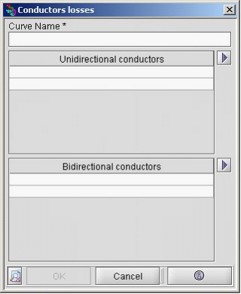
|
| 2a |
In the dialog box that appears:
|
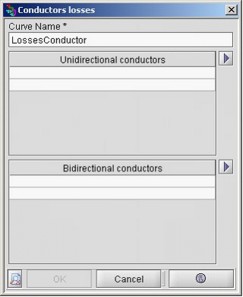 |
| 2b |
|
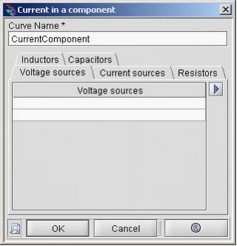
|
| 2c |
|
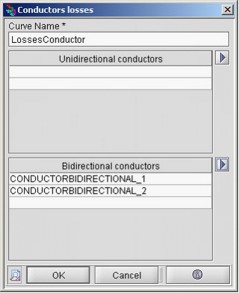 |
| 2d |
|
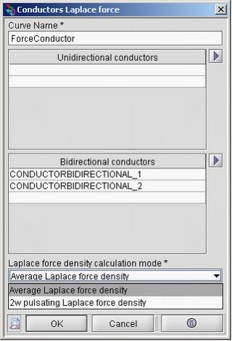
|
| 2e |
|
|
| → | The 2D curves are displayed in a new specific sheet with the name of the physical quantity considered. | |